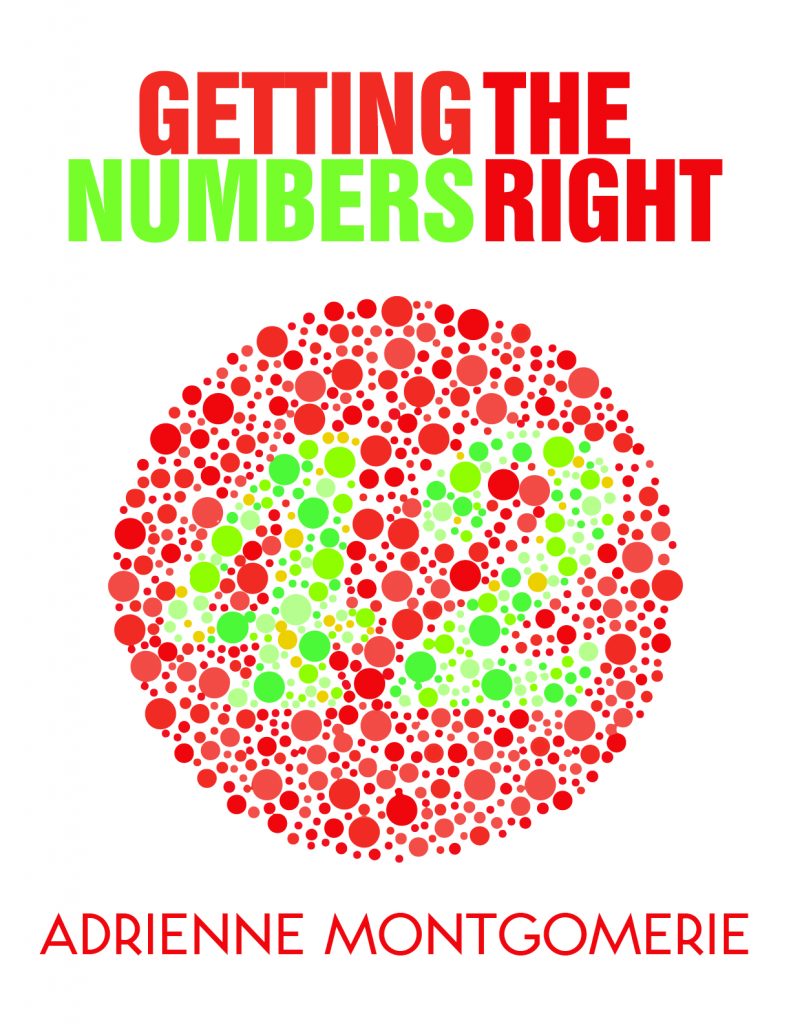
Every time you replace a word (or words) in MS Word using tracked changes, Word annotates two changes: a deletion and an insertion. To reject a change and reinstate the original, you have to reject BOTH changes.
Two Ways to Reject Tracked Changes
Tracked changes can be accepted or rejected in at least these two ways in a Word document: First, place the cursor within the change you want to reject. Then, either:

- Right-click on the text and select Reject from the context menu that pops open
- Click the Reject icon on the Review ribbon
Repeat this rejection for the tracked deletion AND for the tracked insertion.

Simple Hack to Reject Large Chunks of Text with Tracked Changes
To reject both an insertion and deletion at once, simply click and drag to select all the text in question then click reject. This select and reject trick also works to reject all changes in a whole paragraph at once, or even in several!
Troubleshooting Tracked Changes
If you are seeing deletions in marginal balloons (not inline as shown above), you can right-click on the balloons to reject them or you can change the display options to show changes inline.
If you don’t see tracked changes at all, first make sure that they are visible. There area few options: the easiest is to show All Markup, which you can see as a button on the ribbon image above. That button may say No Markup, which you’ll want to change by clicking on that item and selecting the option. If the button says Simple Markup, either click the red line in the left margin or change that setting via the ribbon button.
If you can’t make changes display no matter what setting you try, then changes probably were not tracked (if the Accept and Reject change buttons are greyed out/inactive, then you know for sure that the document contains no tracked changes). Compare Docs can give you a version with changes tracked, but it’s not foolproof.
Troubleshooting Multiple Reviewers
Word tracks changes by each user separately. This is computer specific, so if you swapped computers during the edit, you may find changes tagged with two user names, even if they look identical. This can mean that what looks like one change is split up by several reviewers’ work. The result is that one changed sentence could be treated as many separately tracked changes. You’ll want to use the hack explained above to reject swaths of changes at once or else you’ll wear out your clicker finger.
Also see this great hack for rejecting (or accepting) all of one single user’s changes. It’s a great shortcut for accepting all the changes you can’t reject (such as the legal team’s changes), or for rejecting all the suggestions of that one person who just didn’t understand the brief.
Got a gnarly Word problem? Submit your problem and we’ll try to answer it in the Q&A thread.




Learn with us! Join a course today.
© This blog and all materials in it are copyright Adrienne Montgomerie on the date of publication. All rights reserved. No portion may be stored or distributed without express written permission. Asking is easy!
Image of beach footprints by erleyresendesilva from Pixabay